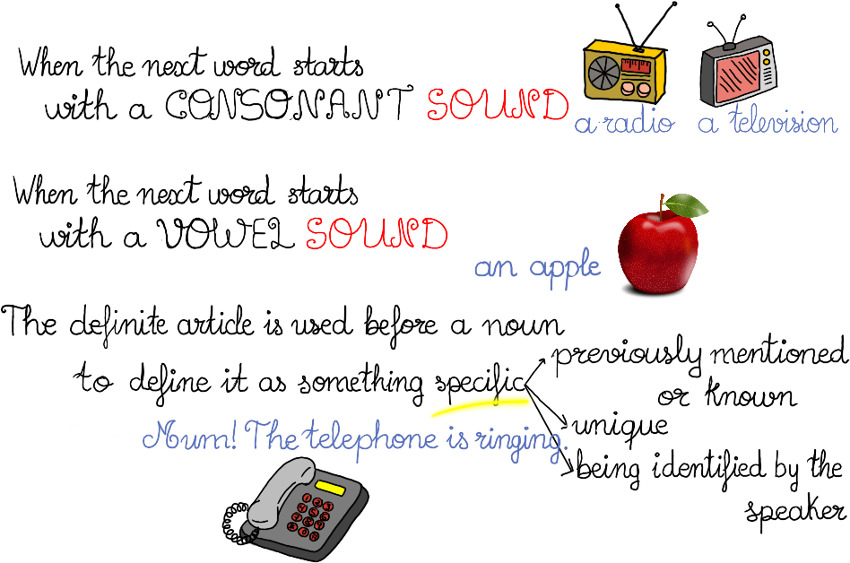
|
 |
 |
English is the official universal language. It is, by far, the language of international trade, finance, diplomacy, etc. It is used not only in English spoken countries, such as Australia, New Zealand, Canada, and The United Kingdom but worldwide. It has a rich vocabulary, with many words borrowed from other languages. It is also one of the easiest languages to learn because: (1) its widespread use in many countries; (2) its alphabet only consists of 26 letter; (3) its relatively simple grammar; (4) the vast selection of English resources to learn from, including TV shows, radio, movies, videogames, music, podcasts, books, apps, and websites.
Language is fluid and constantly evolves and, as such, it grows and changes over time. Grammar is the rationale of a language; usage is its etiquette, and master grammar is not easy. Grammar is the system of a language, the body of rules that describe the structure of sentences, phrases, clauses, and words in any given language.
Articles show whether we are talking about things that are known both to the speaker and to the listener (“definitive”), or that are not known to them (“indefinite”). There are two articles in English grammar: “the” and “a/an”.

The definite article “the” signals the specific or particular nature of the noun. It indicates that the noun that is modifying refers to a specific person, place, thing, or idea that has been mentioned before or that is known to both the speaker and the listener.
The indefinite article “a/an” signals the non-specific or non-particular nature of the noun. It indicates that the noun that is modifying does not refer to a specific person, place, thing, or idea. In other words, its noun is not a particular one identifiable to the listener, e.g., “there is a cat in the corner of the room,” “I am lost without a map,” and “an elephant is hard to hide.”
What’s the difference between “a” and “an”? The article ‘an’ is used when the word following it begins with a vowel sound, regardless of whether the word begins with a vowel letter or not:
Some examples for the article A are as follows:
Please be aware that some nouns begin with vowels but they make consonant sounds, and therefore, “A” is used with these words, such as a unicorn /ˈjuːnɪkɔːn/ or a user /ˈjuːzə/.
The ‘h’ is a little tricky because sometimes it is pronounced, so we use the article ‘a’ as a horse /hɔːs/, and sometimes it is not pronounced (language is a funny thing), as in an hour /ˈaʊə/.

Please, make sure that you have really understood this article with our Quiz.